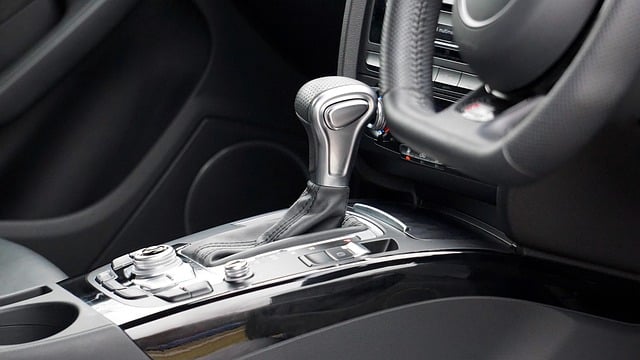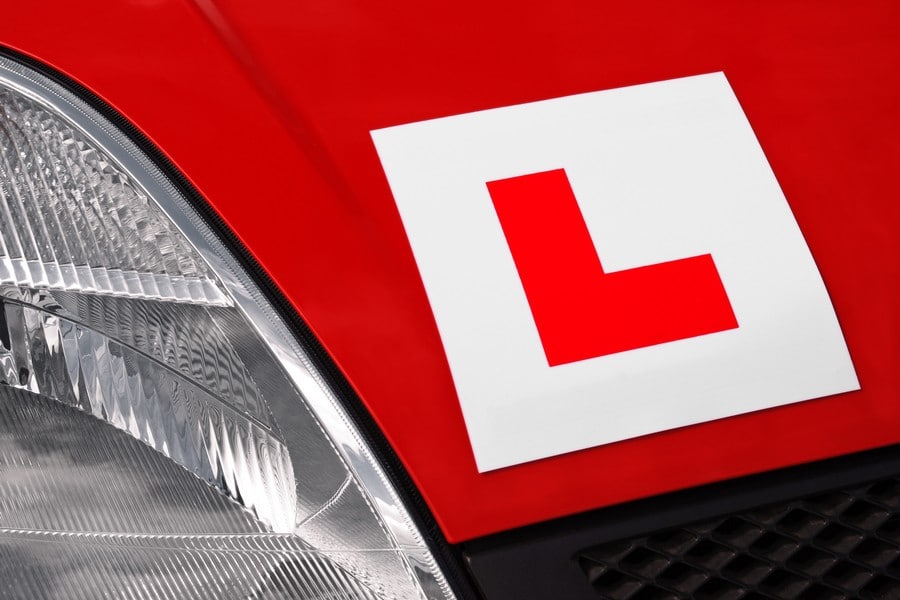
1. How can you prepare for your first driving lesson with Smart Drive UK?
Preparing for your first driving lesson with Smart Drive UK is crucial to building confidence on the road. Before your lesson, familiarize yourself with the Highway Code and road signs to get a better understanding of what you’ll encounter during your training. Wear comfortable clothing and footwear to ensure better control of the pedals and steering wheel. Stay calm and focused while driving, avoiding distractions like mobile phones or loud music. Learn how to properly adjust mirrors, seat position, and steering wheel height for maximum comfort while driving. Understand basic car maintenance, such as checking tyre pressure and oil levels, to ensure safety on the road. Take advantage of online resources like Smart Drive UK’s free theory program to prepare for your theory test. With these tips in mind, you’ll be ready to hit the road with confidence during your first lesson with Smart Drive UK.
2. What are the top tips for mastering clutch control as a beginner driver?
Mastering clutch control is a crucial skill for beginner drivers. To start, practice releasing the clutch slowly while pressing down on the gas pedal to get a feel for how the car responds. Remember to keep your left foot on the clutch until you are ready to shift gears. It’s important to find the “biting point” of the clutch, which is where the engine starts to engage with the wheels. Once you’ve found it, practice smoothly releasing the clutch while giving enough gas to prevent stalling. Practice in an empty car park or quiet street until you feel confident. Don’t be discouraged if it takes time to get the hang of it – everyone learns at their own pace. With practice and patience, you’ll soon be shifting gears like a pro.
3. How can you overcome nervousness and anxiety while learning to drive?
Driving can be nerve-wracking, especially for beginners. To overcome nervousness and anxiety while learning to drive with Smart Drive UK, it’s important to stay calm and focused behind the wheel. Take deep breaths and try not to let nerves get the best of you. Practice hazard perception skills by scanning ahead and verbalizing observations about other drivers’ actions. Remember to talk through what is happening on the road out loud. This helps keep focus sharp and reduces anxiety. Don’t be afraid to make mistakes – they’re part of the learning process! Take breaks during long drives if feeling tired or drowsy, and avoid sudden acceleration or deceleration which can cause accidents. With these tips, you’ll be able to build confidence on the road and become a safe, skilled driver in no time.
4. What should you know about road signs and markings before taking your lesson with Smart Drive UK?
Knowing road signs and markings is beneficial before taking your lesson with Smart Drive UK. Familiarize yourself with the different types of signs and their meanings, including speed limit signs, warning signs, and directional signs. Understand the importance of obeying road markings such as double yellow lines, zebra crossings, and bus lanes. Knowing how to read and interpret road signs and markings will not only help you during your lessons but also keep you safe on the road. Smart Drive UK offers resources to help you learn about road signs and markings, including their free online theory program. Don’t underestimate the importance of this knowledge.
5. How do you safely navigate roundabouts during your driving lessons with Smart Drive UK?
Safely navigating roundabouts is a crucial skill for any driver. When approaching a roundabout, slow down and check for traffic in all directions. Use your indicators to signal which exit you plan to take, and give way to any vehicles already on the roundabout. Keep an eye out for pedestrians and cyclists, and be prepared to stop if necessary. Remember to stay in your lane and avoid changing lanes while on the roundabout. Smart Drive UK’s expert instructors will provide you with the guidance and practice needed to master this skill. With their one-to-one lessons and personalised approach, you’ll feel confident and prepared when the time comes to take your test. Book a lesson now with Smart Drive UK and start honing your roundabout skills today!
6. What are the best techniques for parallel parking in tight spaces during your practical exam?
Mastering parallel parking is a crucial skill for passing your practical test. To make it easier, start by practicing in a quiet area. Remember to focus on good all round observation throughout the manoeuvre. Good control staying slow and ensure the end result is accurate with a safe distance from the kerb. Pull up alongside the car in front of the space, then reverse until your rear wheel is level with their bumper. Turn the wheel fully to the left or right (depending on the side you are parking) and continue reversing until your car is at a 45-degree angle. Turn the wheel in the opposite direction until your car is parallel with the kerb then straighten the wheels up. Remember to check your mirrors and check blind spots and rear window throughout the manoeuvre and stop if any road user is approaching. With practice and patience, you’ll soon be parallel parking like a pro!
7. How can you improve your hazard perception skills on the road with Smart Drive UK?
Improve your hazard perception skills with Smart Drive UK by using our free online programme. Whilst driving constantly scan the road ahead and anticipating potential dangers. Keep your focus sharp by verbalizing observations about other drivers’ actions and maintain a safe following distance to allow for sudden stops. Learn how much space should be given between vehicles depending on speed limit and weather conditions, and understand how ABS works while practicing emergency braking techniques. Also, be aware of blind spots and always check over your blind spots before changing lanes or making turns. Use visual aids like diagrams or videos to help understand complex manoeuvres and ask questions during lessons if you don’t understand something. With Smart Drive UK, you can develop the skills needed to become a confident and safe driver on the road. Book a lesson now and start improving your hazard perception skills today!
8. What should new drivers keep in mind when sharing the road with other vehicles, cyclists, and pedestrians?
As a new driver, it’s essential to be aware of your surroundings and share the road safely with other vehicles, cyclists, and pedestrians. Always check your mirrors frequently and use your indicating signals when changing lanes. Keep a safe distance from other vehicles and avoid tailgating. Be extra cautious around pedestrians and cyclists, giving them plenty of space and always yielding to them when necessary. Watch out for blind spots and remember to check over your shoulder before making any manoeuvres. Stay alert and avoid distractions such as mobile phones or loud music. Remember that everyone on the road has a responsibility to drive safely, so always respect other drivers and follow the rules of the road.
9. How can Pass Plus training benefit newly qualified drivers looking to enhance their skills behind the wheel?
Pass Plus training is a 6-hour course designed for newly qualified drivers looking to enhance their skills behind the wheel. The course covers a range of driving scenarios, including town driving, all-weather conditions, out-of-town driving, rural roads, night driving, dual carriageways, and motorways. By taking the Pass Plus course with Smart Drive UK, you can improve your confidence and skill level on the road. In addition to enhancing your driving abilities, completing the course may also reduce your insurance premium with some companies. So if you’re a newly qualified driver looking to take your skills to the next level and potentially save money on insurance, consider signing up for Pass Plus training with Smart Drive UK today.



